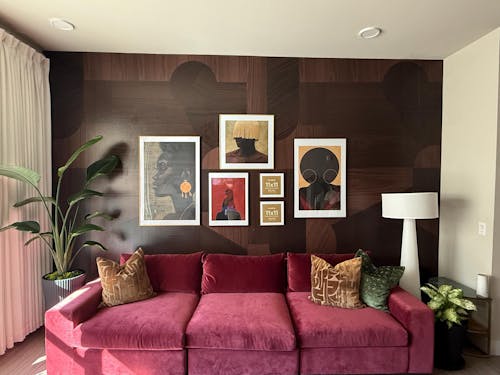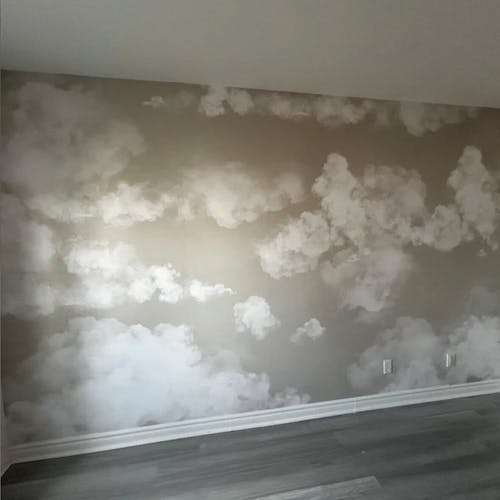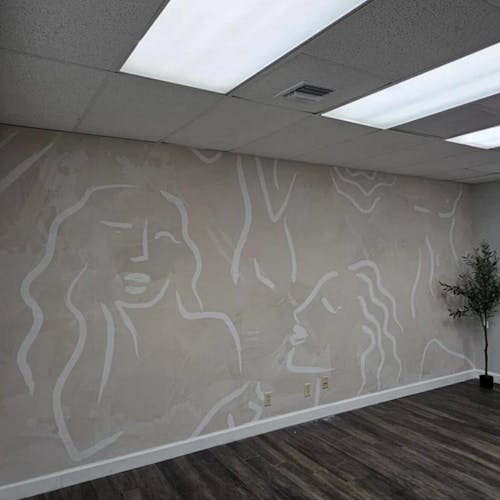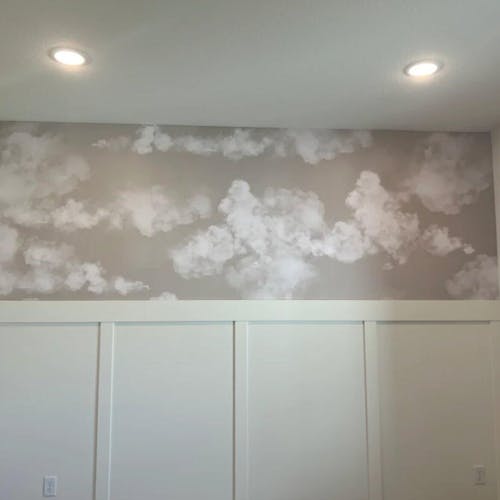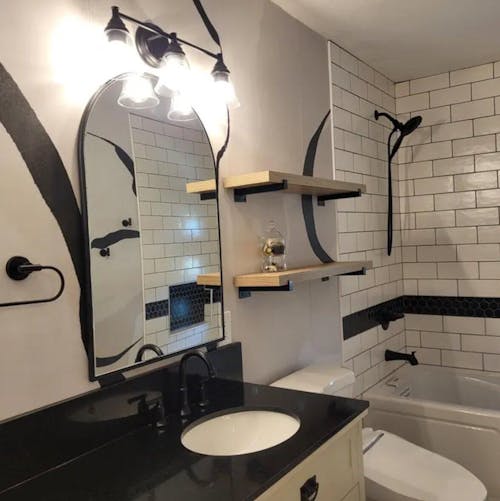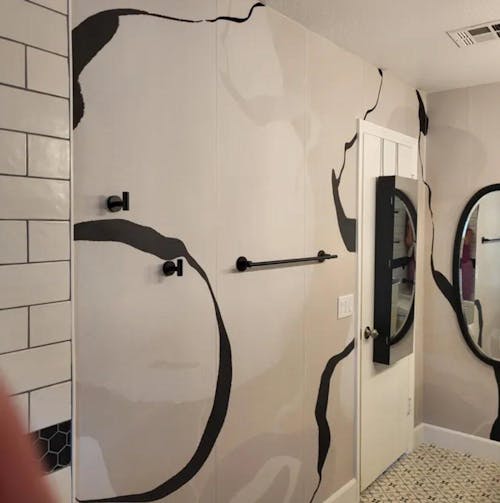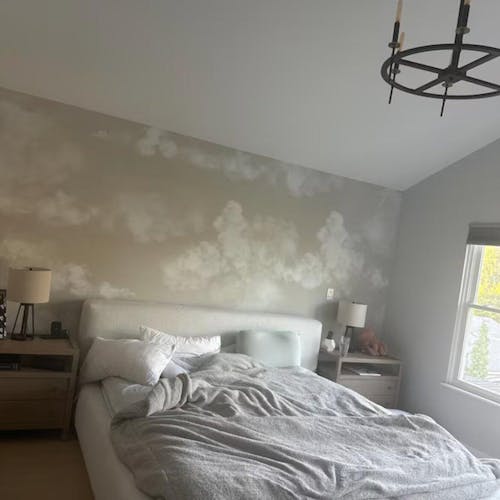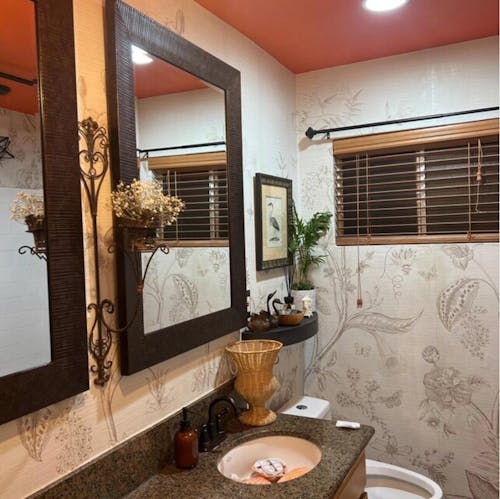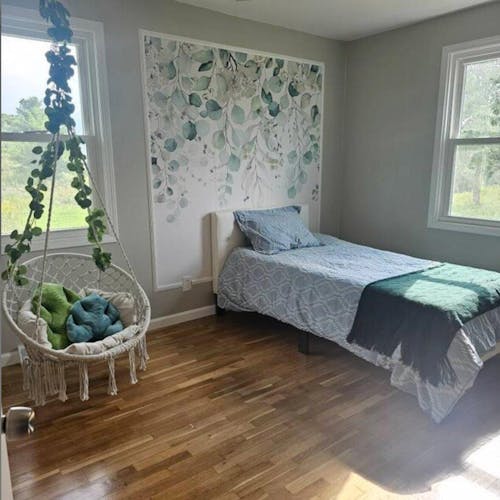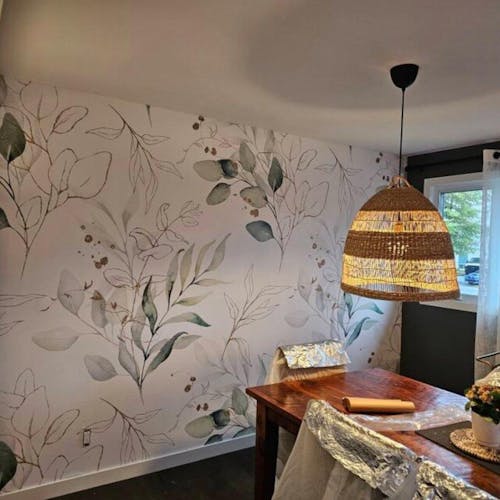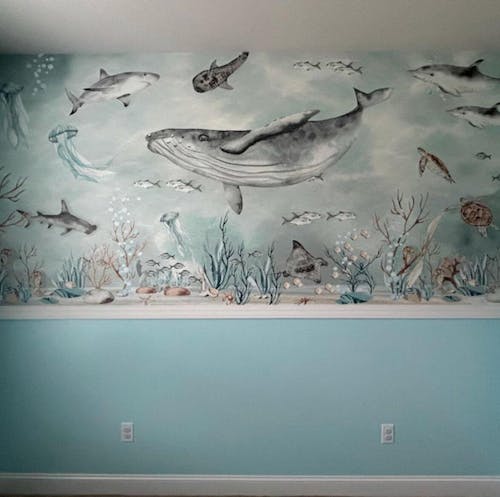Pre-pasted wallpaper has been a popular choice in home décor for years, offering an easy and efficient way to transform interiors. Unlike traditional unpasted wallpaper, it comes with a pre-applied adhesive, making the installation process significantly simpler. In this article, we’ll explore the pre-pasted wallpaper meaning, its benefits, installation process, and how it compares to other types like peel-and-stick and unpasted wallpaper.
What is Pre-Pasted Wallpaper?
If you’ve ever wondered, “What does pre-pasted wallpaper mean?”, the answer is simple. Pre-pasted wall paper is a type of wallpaper that comes with an adhesive backing, which is activated with water. This eliminates the need for separately applying glue, making installation easier for DIY enthusiasts and professionals alike.
Advantages of Pre-Pasted Wallpaper
- Easy Installation – With pre-glued wallpaper, you don’t need to handle separate adhesives, reducing mess and effort.
- Strong Adhesion – When properly activated, the adhesive creates a durable bond with the wall.
- Smoother Finish – Unlike peel-and-stick wallpaper, pre-pasted wallpaper for walls allows for repositioning before it dries, helping achieve a flawless look.
- Cost-Effective – Compared to unpasted wallpaper, it eliminates the need for extra glue, reducing overall costs.
Hanging Process: Step-by-Step Guide
A smooth installation requires careful preparation and the right approach. Follow these steps for a successful pre-pasted wallpaper installation:
Gathering Materials and Tools. Ensure you have the correct amount of pre-pasted wallpaper for the project, a bucket of water, a sponge or a water tray, a smoothing brush or roller, a utility knife, and a straight edge.
Surface Preparation. Proper surface preparation is crucial for a smooth and long-lasting installation. Start by cleaning the wall surface to remove any dust or debris. Repair any imperfections, such as cracks or holes, and ensure the surface is dry before proceeding.

Activating the Adhesive. Measure and cut the wallpaper according to your wall dimensions, keeping a slight excess for adjustments. Use a paint roller or a spray bottle to apply water evenly to the back. Follow the manufacturer's recommendations for soaking or activation time. This is typically a few minutes to allow the adhesive to become fully activated. Wetting pre-pasted wallpaper is a crucial step in the installation process, as it activates the adhesive, allowing the wallpaper to adhere securely to the wall.
Applying and Aligning the Wallpaper. Carefully position the first strip of wallpaper at the top of the wall, ensuring it is level. Smooth it onto the wall using a smoothing brush or roller to eliminate air pockets and ensure proper adhesion. Continue applying subsequent strips, aligning the patterns or designs as necessary.
Trimming Excess Edges. After the wallpaper is applied and smoothed, trim excess edges using a sharp utility knife and a straight edge.
Clean Up. Wipe away any excess water and adhesive residue from the wallpaper surface and surrounding areas.
Prepasted vs. Peel and Stick Wallpaper
A common dilemma when choosing wallpaper is prepasted vs. peel and stick. While both offer easy application, they have key differences:
- Adhesion: Peel and stick wallpaper vs. prepasted options differ in their adhesive application. Peel-and-stick wallpaper has a self-adhesive backing, whereas pasted wallpaper requires water activation.
- Repositioning: Pre-pasted vs. peel and stick wallpaper differs in how easily it can be repositioned. Pre-pasted wallpaper allows adjustments before drying, whereas peel-and-stick is less forgiving.
- Durability: Pre-pasted wallpaper typically lasts longer and adheres better to textured walls than peel-and-stick options.
- Removal: Peel-and-stick wallpaper can be removed without water, while pre-pasted wallpaper often requires moisture for easy removal.
Prepasted vs. Unpasted Wallpaper
If you’re deciding between prepasted vs. unpasted wallpaper, here’s how they compare:
- Installation Ease: Prepasted wallpaper is easier to install since it comes with built-in adhesive, while unpasted wallpaper requires separate glue.
- Adhesion Strength: Some professionals prefer unpasted wallpaper as it allows for a custom adhesive mix that suits specific wall conditions.
- Flexibility: Prepasted vs. unpasted wallpaper decisions often depend on expertise—DIY users usually favor pre-pasted options, while professionals may opt for unpasted wallpaper for high-end projects.
Can You Use Adhesive on Pre-Pasted Wallpaper?
A frequent question is “Can you use adhesive on pre-pasted wallpaper?” The answer is yes, but it depends on the situation. If the wallpaper isn’t sticking well, applying a thin layer of additional adhesive can reinforce the bond, especially in high-humidity environments.
How to Remove Prepasted Wallpaper
Removing pre-pasted wallpaper requires proper technique to avoid wall damage.
- Assess the Wallpaper Type: Some pre-pasted wallpapers are designed for dry-stripping, meaning they peel off easily. Others require moisture for removal.
- Apply Water or Removal Solution: If the wallpaper isn’t dry-strippable, soak it with warm water using a sponge or spray bottle.
- Peel and Scrape: After allowing the water to penetrate, gently peel the wallpaper from the edges. For stubborn sections, use a putty knife.
- Clean Residual Adhesive: Once removed, wipe down the wall to remove any leftover glue.
Conclusion
As you embark on your decorating journey with traditional pre-pasted wallpaper, consider the variety it offers, the simplicity of installation, and the ease of removal. Brands like CostaCover exemplify the enduring charm of this classic wall covering, showcasing that the marriage of functionality and aesthetics is indeed timeless.




